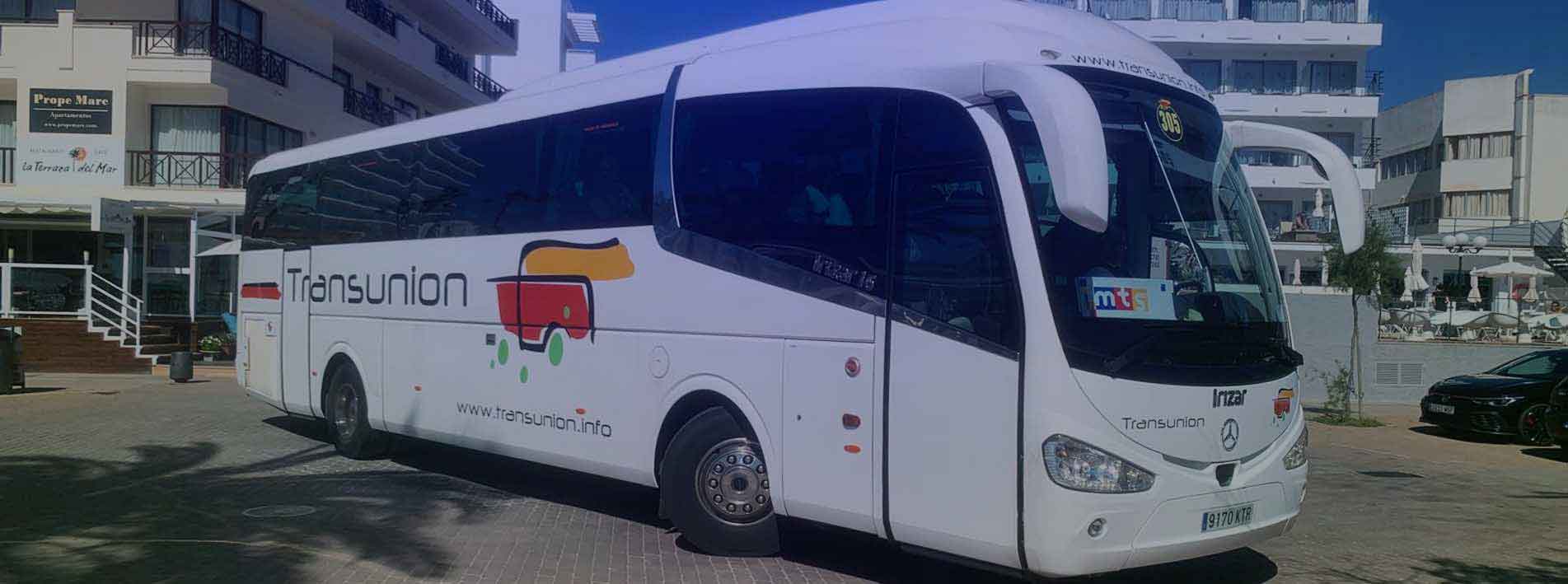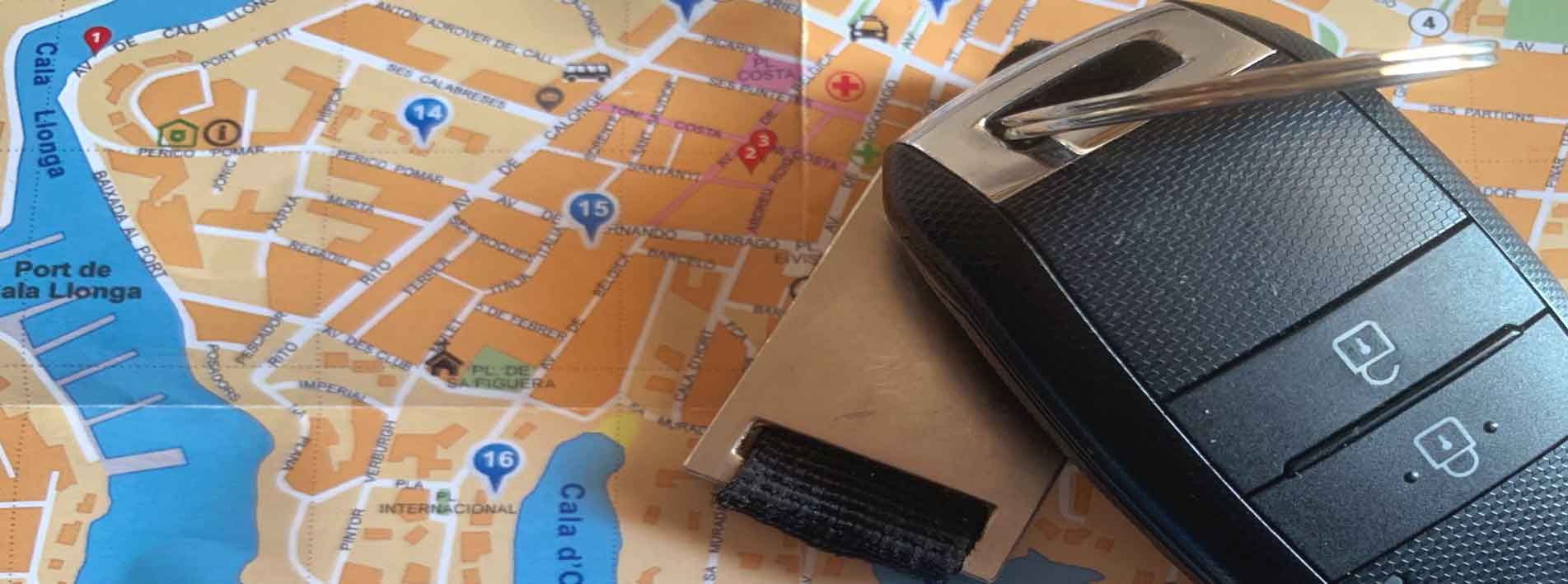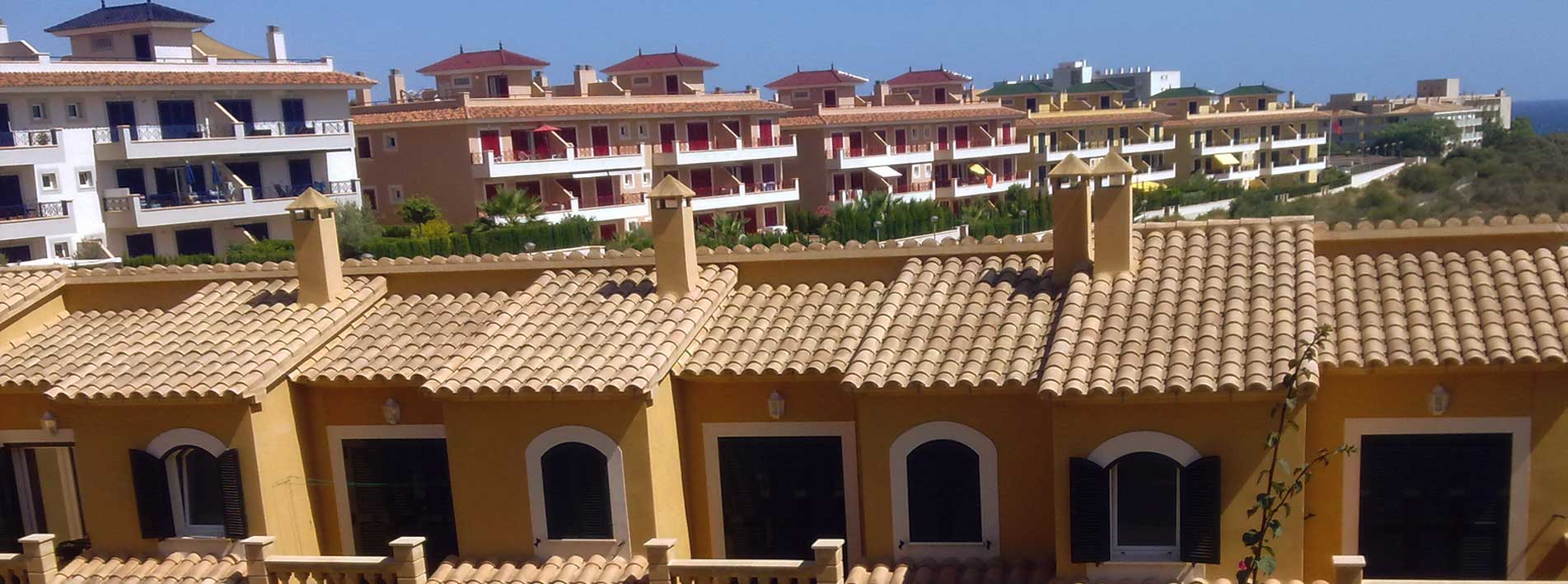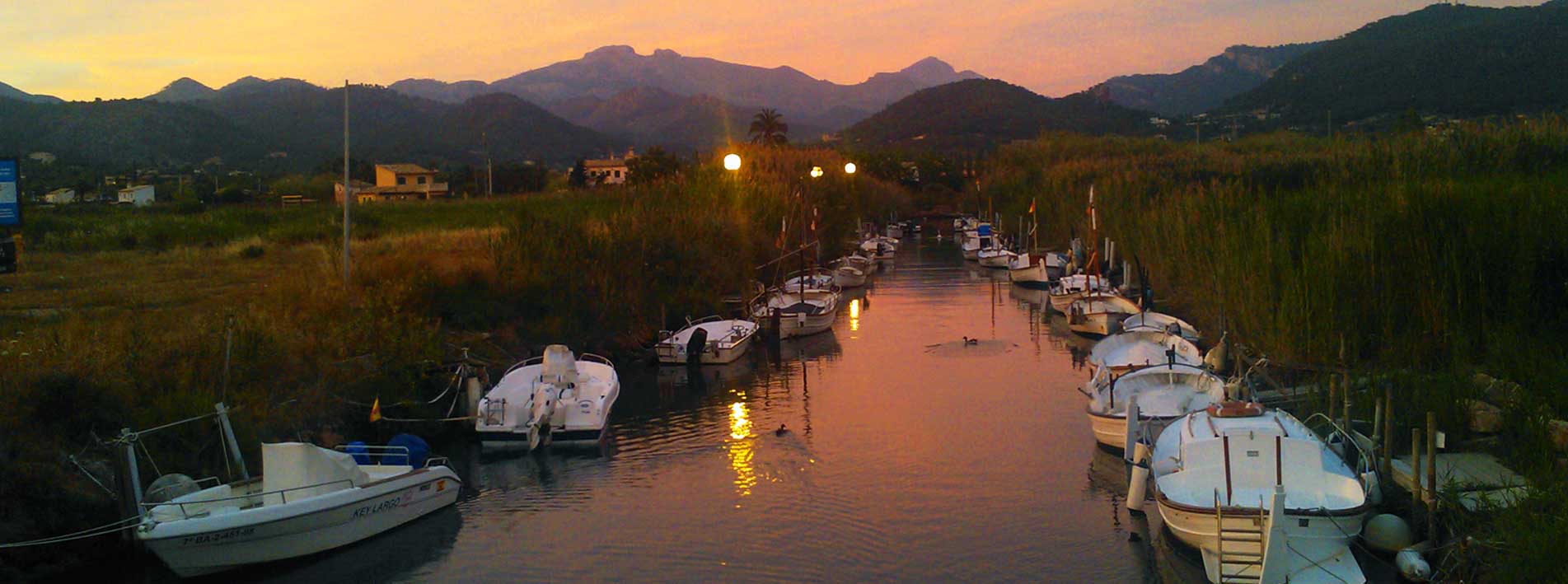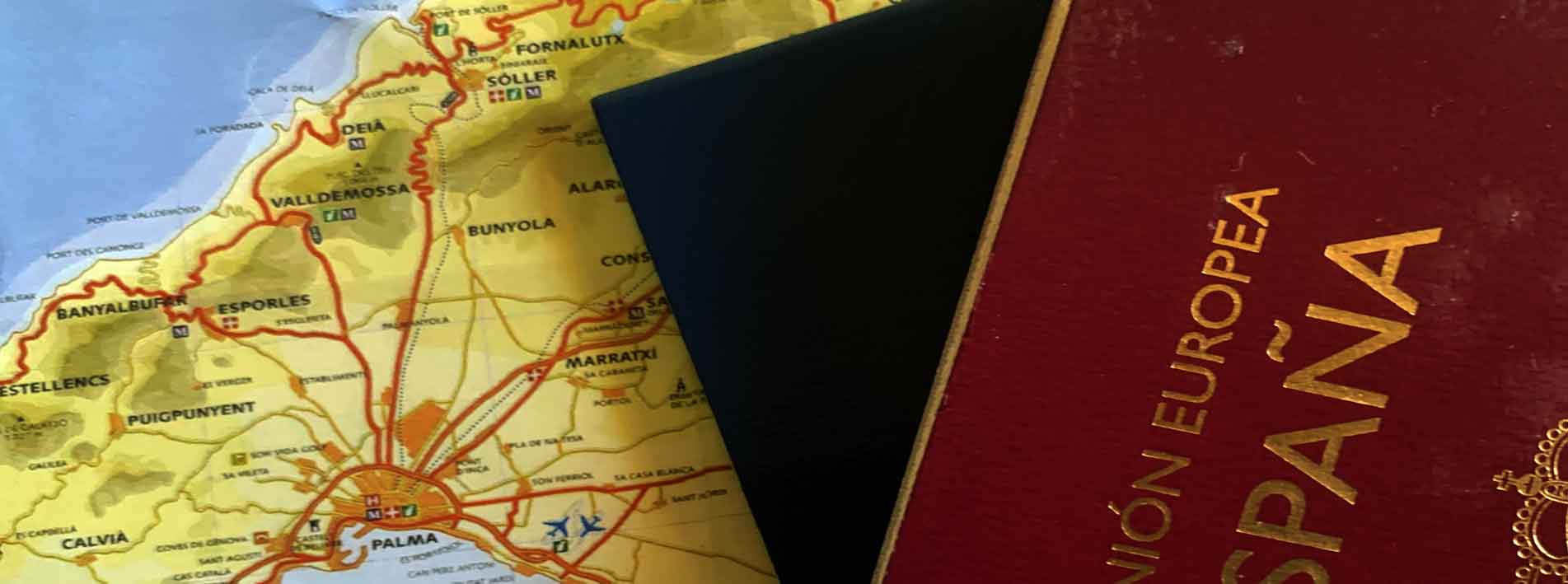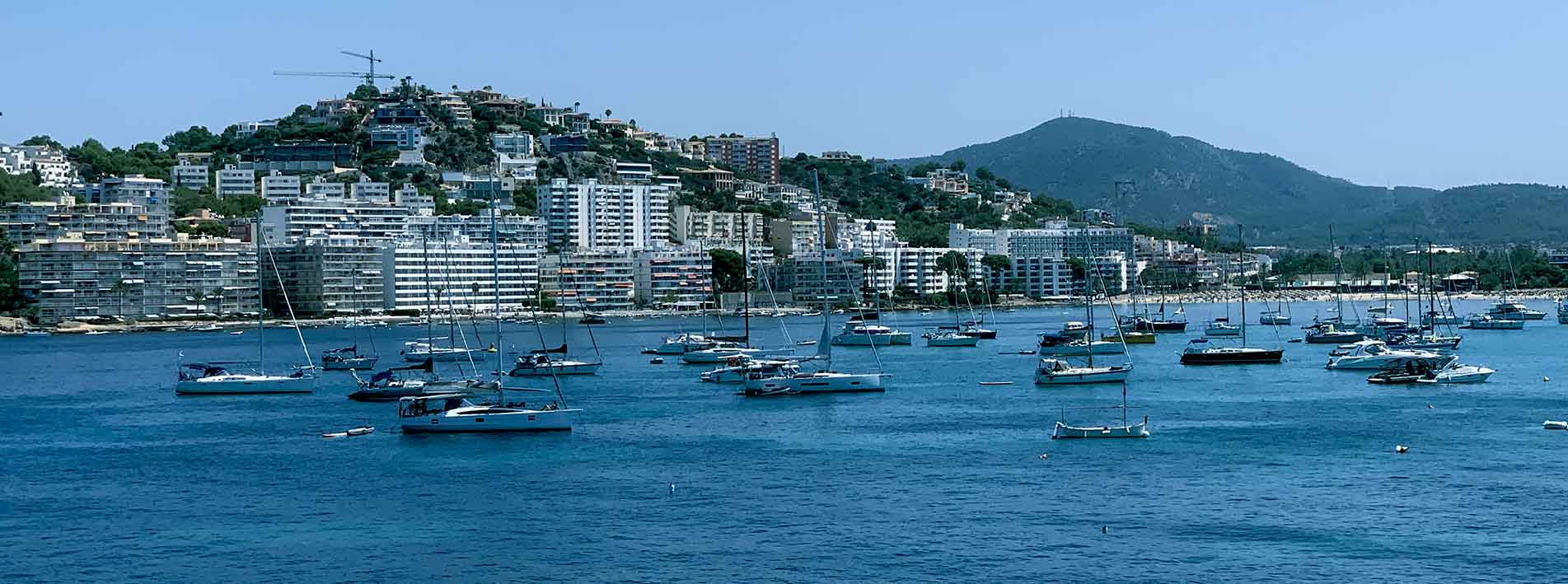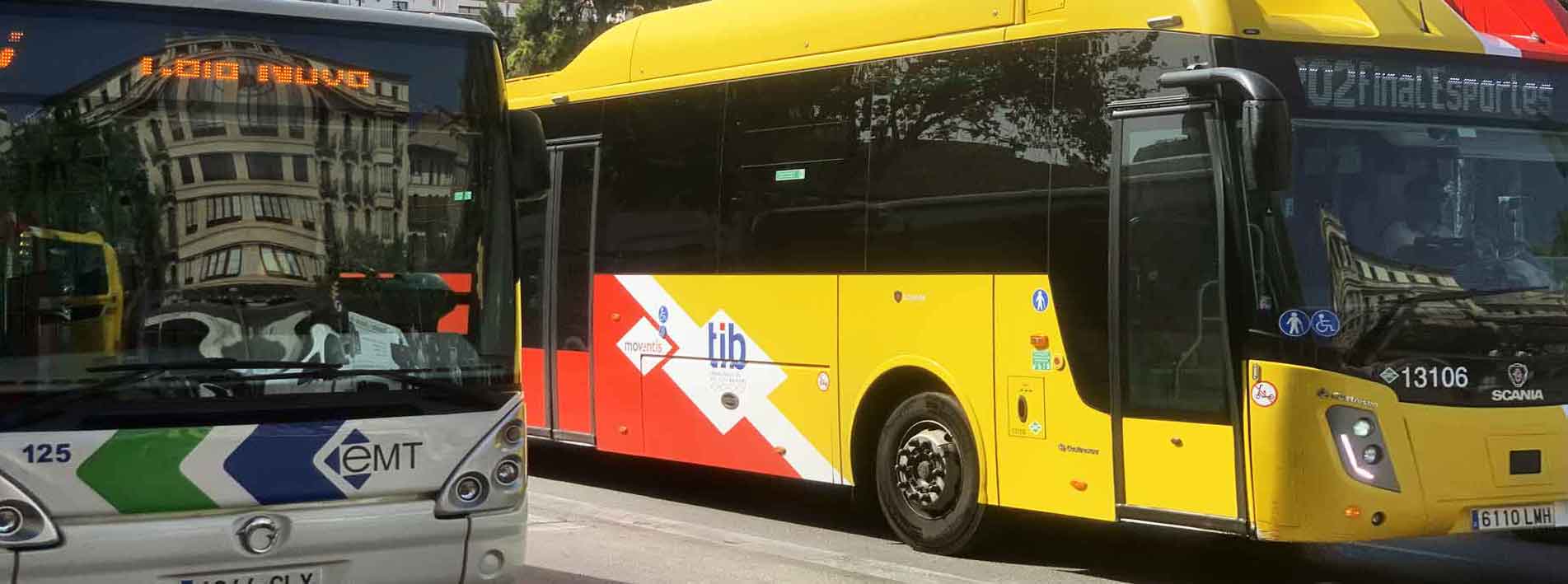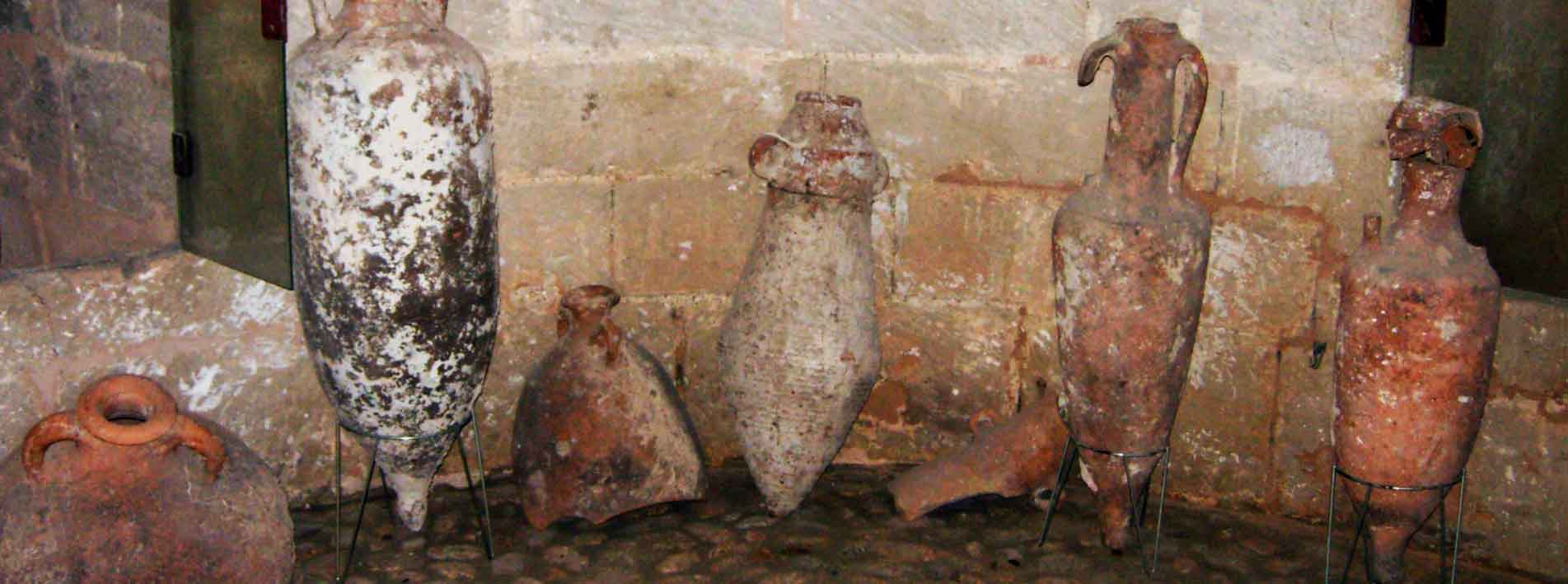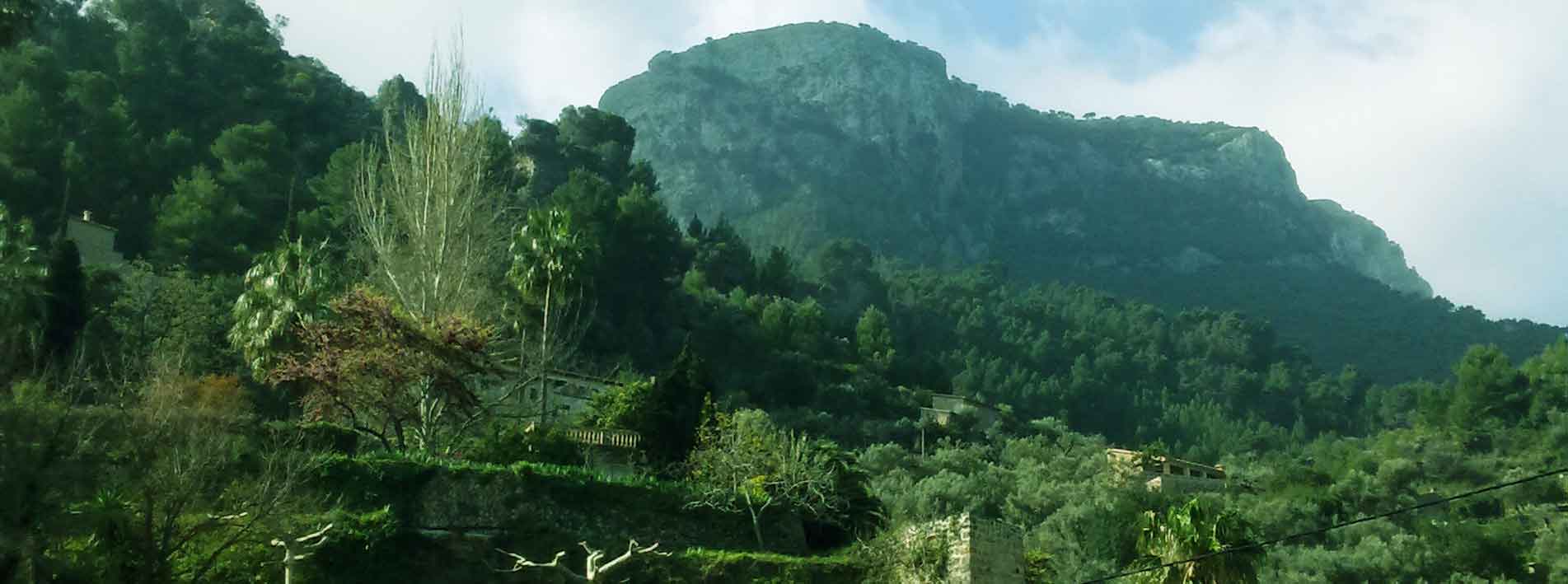Son Real Necropolis (Phoenician Cemetery)
The Son Real Necropolis, also known as the Phoenician Cemetery (cementiri dels Fenicis, in Mallorcan), is an archaeological site of great importance in Mallorca, located in Punta de los Fenicios, near Can Picafort. This monumental cemetery, which dates back to the Iron Age and was used until Roman times, contains more than a hundred tombs built with large stone blocks. Its importance lies in the wealth of historical and cultural information it provides about the funeral practices, society and culture of the time.
Cementiri dels Fenicis: Important note
It is important to note that, despite its name: Phoenician Cemetery (cementiri dels Fenicis), the Necropolis of Son Real in Can Picafort is not exclusively a Phoenician cemetery, although it is popularly known as such. While it is true that remains of tombs from the Phoenician period have been found in the area, the Necropolis was also used by other cultures and during different periods, including the Talayotic period (7th century BC), the Post-Talayotic period and the Roman period. Therefore, the name “Phoenician Cemetery” is more of a popular term than a precise archaeological designation.
 Location of the Necropolis of Son Real
Location of the Necropolis of Son Real
The Son Real Necropolis is located on the coast of Santa Margalida, on the public estate of Son Real, near Can Picafort. It is a group of funerary constructions on the seashore, with monumental tombs and the skeletal remains of at least 425 people, as well as fragments of pottery, glass and metal. The site is managed by the Government of the Balearic Islands and has an interpretation center.
Access: How to get to the Son Real Necropolis?
The site can be accessed on foot or by sea. By land, from the Son Real estate or the Son Bauló hotel. It can also be reached by bicycle from Can Picafort, following the coastal route that forms part of the Son Real Natural Area of Special Interest.
If you love hiking, you can also access the Necropolis via Son Bauló beach (Can Picafort) by walking along the seashore, following a path that takes about twenty minutes and covers some 1,300 meters along the coast, or from the public estate of Ses Cases de Son Real, following a signposted trail.
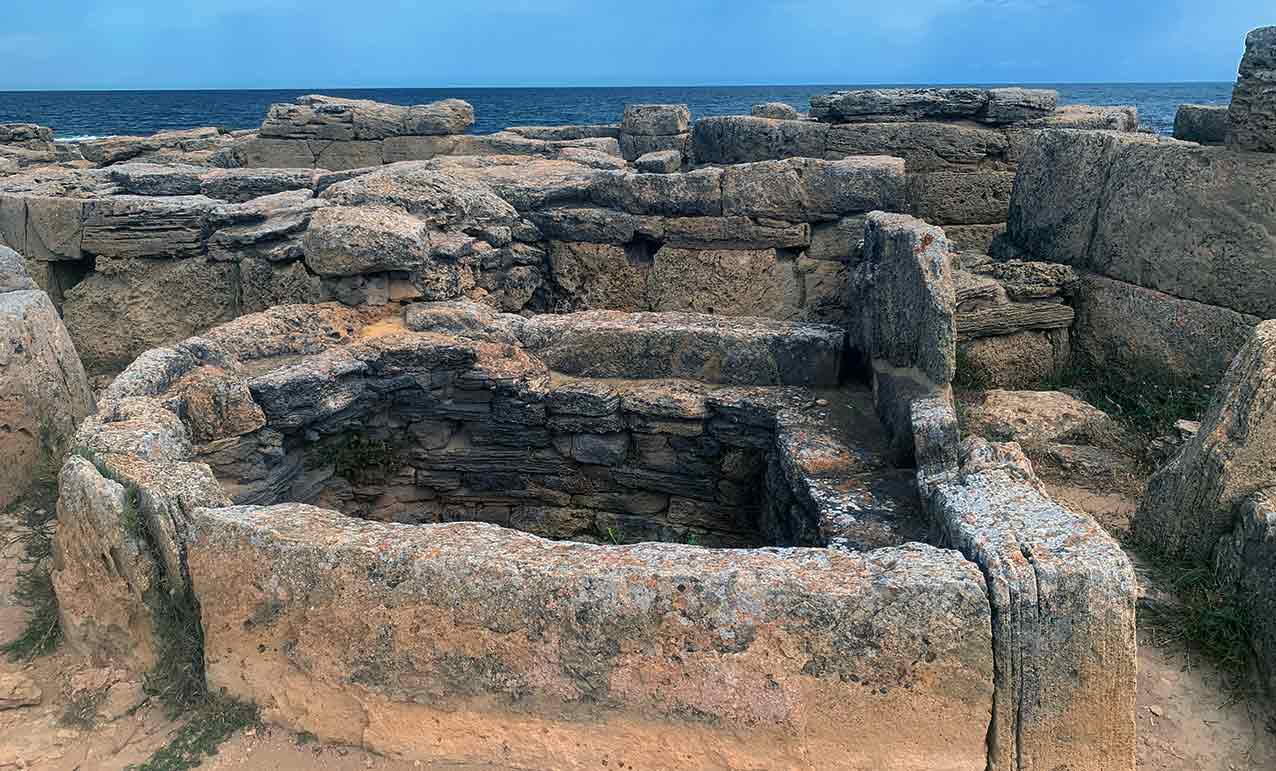 General characteristics of the Son Real Necropolis
General characteristics of the Son Real Necropolis
The cemetery is notable for its monumental tombs, built with large stone blocks, unlike the tombs excavated in caves or hypogea that were more common at the time. The funerary constructions are believed to be navetiform and talayotiform tombs, although remains of pottery, bone, glass and metal have also been found.
The site has suffered damage due to looting, the dismantling of tombs and the effects of nature, such as the sea and storms. It is currently undergoing restoration to ensure visitor safety.
Details of the Son Real Necropolis or Phoenician Cemetery (cementiri dels Fenicis)
Discovery: It was discovered in the mid-20th century and excavated in two periods, between 1957 and 1969 and between 1998 and 2019.
Type of tombs: Unlike typical Phoenician underground tombs, those at Son Real are monumental and built with large stone blocks. There are circular, square and horseshoe-shaped tombs, imitating talayots. In short, the burials at Son Real are mainly of the inhumation type, with the bodies deposited in tombs.
Archaeological importance: The Necropolis is an archaeological site of great importance in Mallorca, with tombs that imitate Talayotic structures such as navetas and miniature talayots.
Rituals: Evidence of different funeral rituals has been found, including burial and cremation.
Significance: The site offers a unique insight into life and death in Talayotic society, with examples of tombs that reproduce, on a small scale, the most important constructions of Talayotic culture.
 Importance
Importance
Historical richness: It provides an understanding of the evolution of funeral practices and the influence of different cultures in the area.
Cultural heritage: It is an important example of Balearic archaeology and a large open-air museum.
Natural environment: The cemetery is located in a privileged natural setting, overlooking the sea, which adds to the site’s scenic and cultural value.
Conservation: Although the site has suffered conservation problems, efforts have been made to protect it and ensure its safety.
Tourist attraction: Son Real is a popular tourist destination for those who want to learn about the history and culture of Mallorca.
 Historical and cultural relevance of the site
Historical and cultural relevance of the site
The Phoenician Cemetery in Mallorca or Necropolis of Son Real is an archaeological site of great historical and cultural value, offering a fascinating insight into life in prehistoric Mallorca and allowing us to study the evolution of local funeral customs, from cremation to burial and providing information about the social organization of the community.
In short, the Phoenician Cemetery (cementiri dels Fenicis) or Necropolis of Son Real is an archaeological site of great importance for understanding the history and culture of ancient Mallorca, especially in relation to the Phoenician communities and their relationship with the Talayotic culture.
And that’s it for this brief overview of Son Real Necropolis (Phoenician Cemetery), in Santa Margalida, Mallorca. We hope it helps.
By the way: Are you coming to Mallorca on a tourist trip? If you find it helpful, you can also check out our travel guide to Mallorca and more tourist information about the island
By loading this map, you agree to the privacy policy of OpenStreetMap Foundation.




